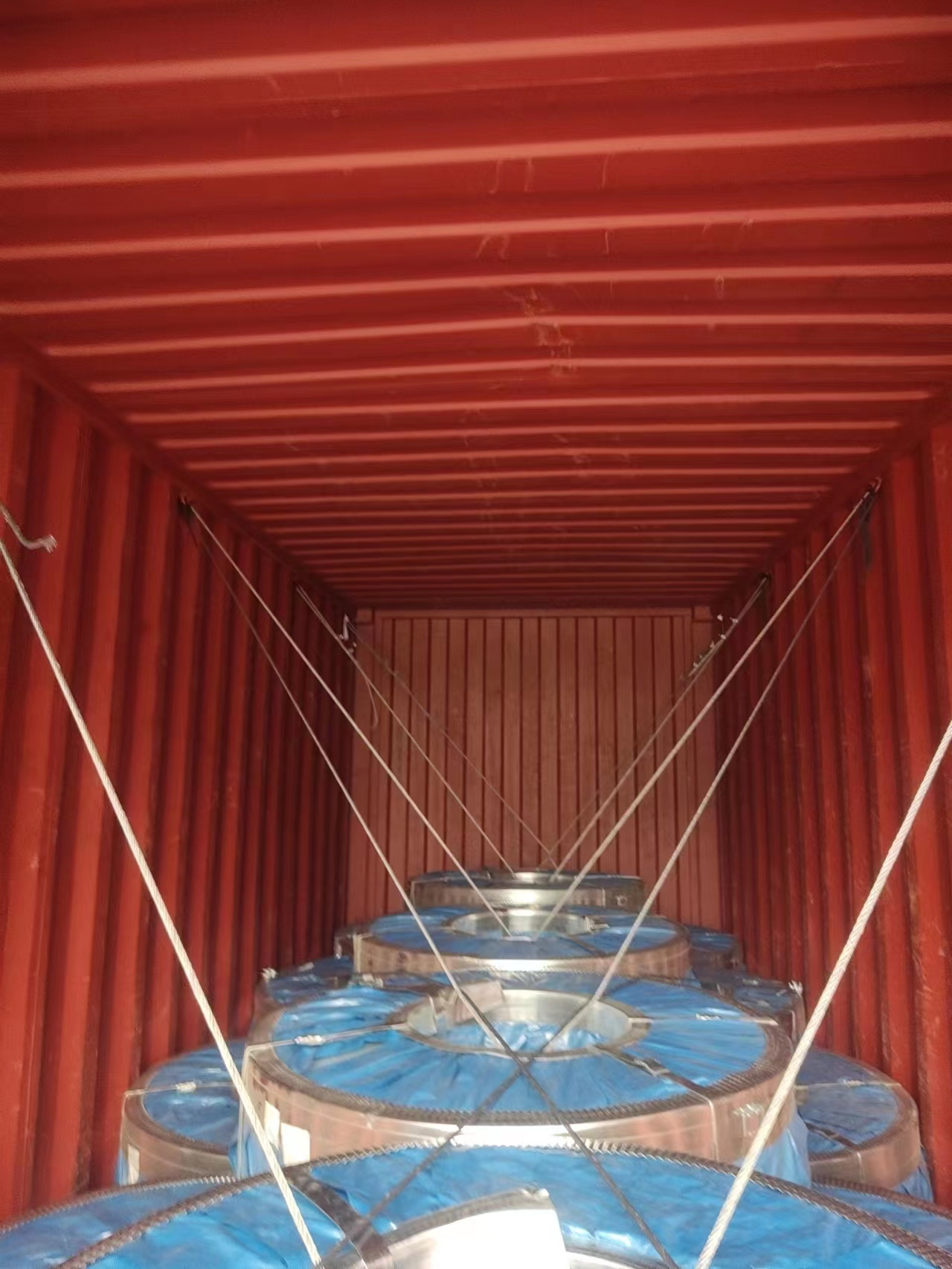Overview of Corrugated Panel Line
Corrugated panel lines play a pivotal role in the manufacturing sector, particularly in the production of corrugated sheets and panels that are widely used in construction, packaging, and various industrial applications. These panels, characterized by their wavy structure, are highly valued for their strength, durability, and lightweight properties. In this article, we will delve into the components, functioning, and applications of a corrugated panel line, while emphasizing its significance in modern manufacturing.
Components of a Corrugated Panel Line
A typical corrugated panel line consists of several essential components, each of which contributes to the efficiency and quality of the final product. The main parts include
1. Material Feeder
The process begins with a feeder that supplies raw materials, usually in the form of steel or plastic sheets. This component ensures a continuous and uniform feed of materials to the subsequent processes.
2. Roll Forming Station
At the heart of the production line is the roll forming station. This setup houses a series of rollers that reshape the flat sheets into a corrugated profile. As the sheets pass through the rollers, they undergo a series of bends and folds, resulting in the distinct wavy pattern.
3. Cutting Station
After the shaping process, the corrugated sheets need to be cut to the desired length. The cutting station is equipped with precision blades that ensure clean cuts, which is crucial for maintaining the integrity of the panels.
4. Hauloff System
This system pulls the newly formed panels through the line at a consistent speed, ensuring that they maintain the correct tension and alignment throughout the production process.
5. Stacking System
Once cut, the panels must be stacked efficiently for easy transportation and further processing. The stacking system automates this task, minimizing manual handling and speeding up the overall production time.
6. Quality Control Station
Quality assurance is critical in manufacturing. A quality control station monitors the panels for inconsistencies, ensuring that only products meeting the required standards proceed to the packaging stage.
corrugated panel line
Functioning of the Corrugated Panel Line
The operation of a corrugated panel line is a systematic and continuous process. Initially, the raw materials are fed into the line, which then transforms them through mechanical shaping. The coordinated functioning of each component is designed to maximize efficiency, minimize waste, and reduce production time.
One of the significant advantages of a corrugated panel line is its ability to produce panels of varying dimensions and thicknesses, catering to diverse customer needs. This versatility is especially important in industries where specifications can vary widely based on application.
Applications of Corrugated Panels
Corrugated panels have a diverse range of applications, which further enhances the demand for efficient panel lines. In the construction industry, they are often used for roofing and siding due to their excellent insulation properties and resistance to weather elements. Additionally, the lightweight nature of corrugated panels facilitates easier handling and installation.
In the packaging sector, corrugated sheets serve as protective packaging for fragile items, ensuring safe transportation. The durability and strength of these panels make them ideal for creating boxes and containers that require added protection during shipment.
Moreover, corrugated panels are also used in manufacturing furniture, signage, and even temporary structures. Their aesthetic versatility allows them to be utilized in various designs, making them a preferred choice among designers and architects.
Conclusion
The corrugated panel line is an invaluable asset in the manufacturing landscape. By streamlining the production of corrugated sheets and optimizing quality control, these lines not only enhance productivity but also ensure that high-quality materials are available for construction, packaging, and other industrial applications. As industries continue to evolve, the significance of efficient corrugated panel production will only increase, highlighting the importance of investing in advanced manufacturing technologies and practices.







